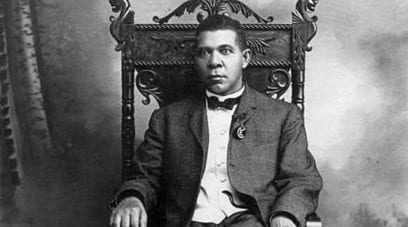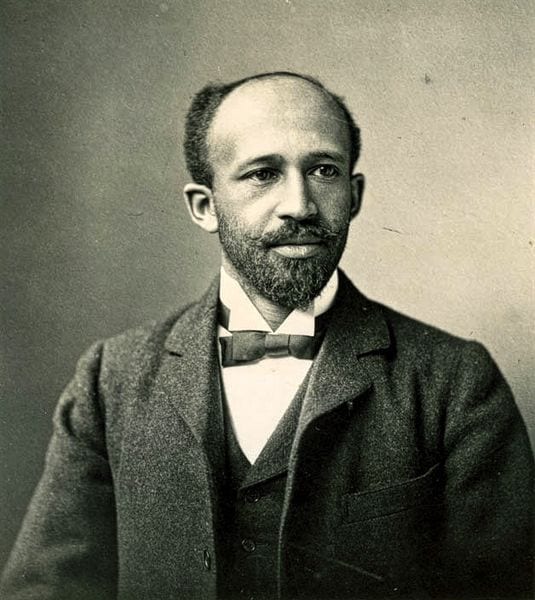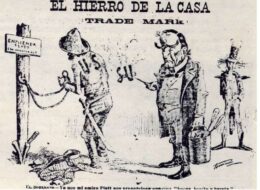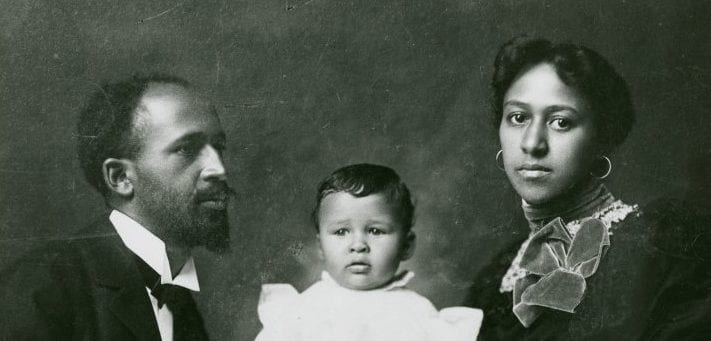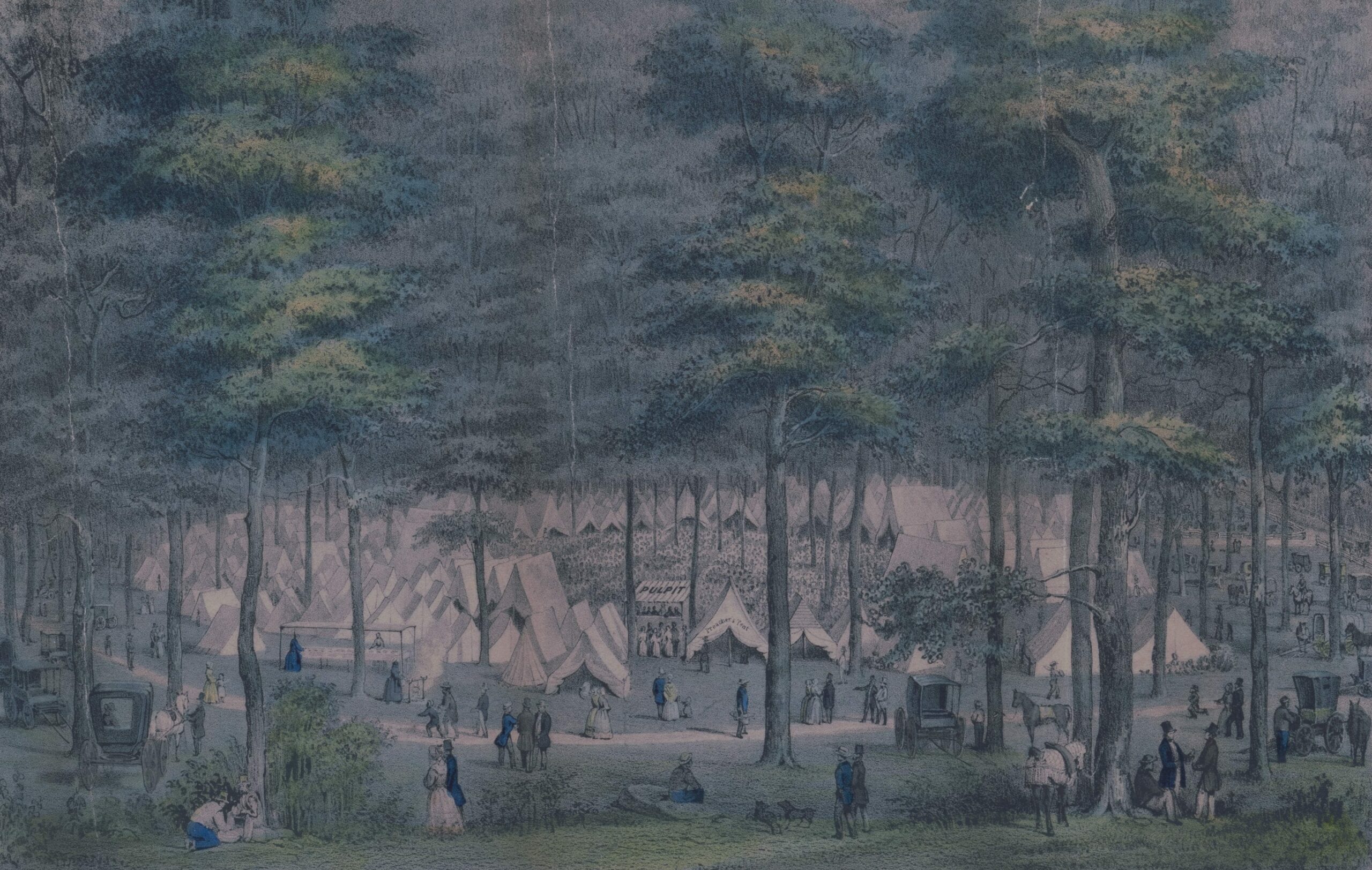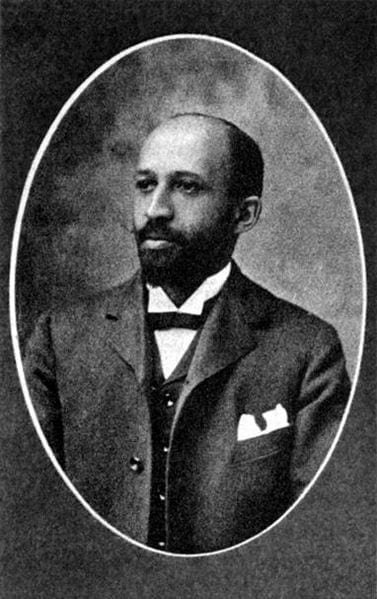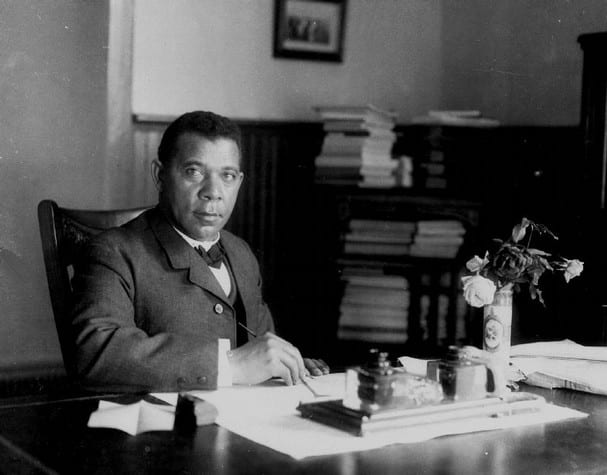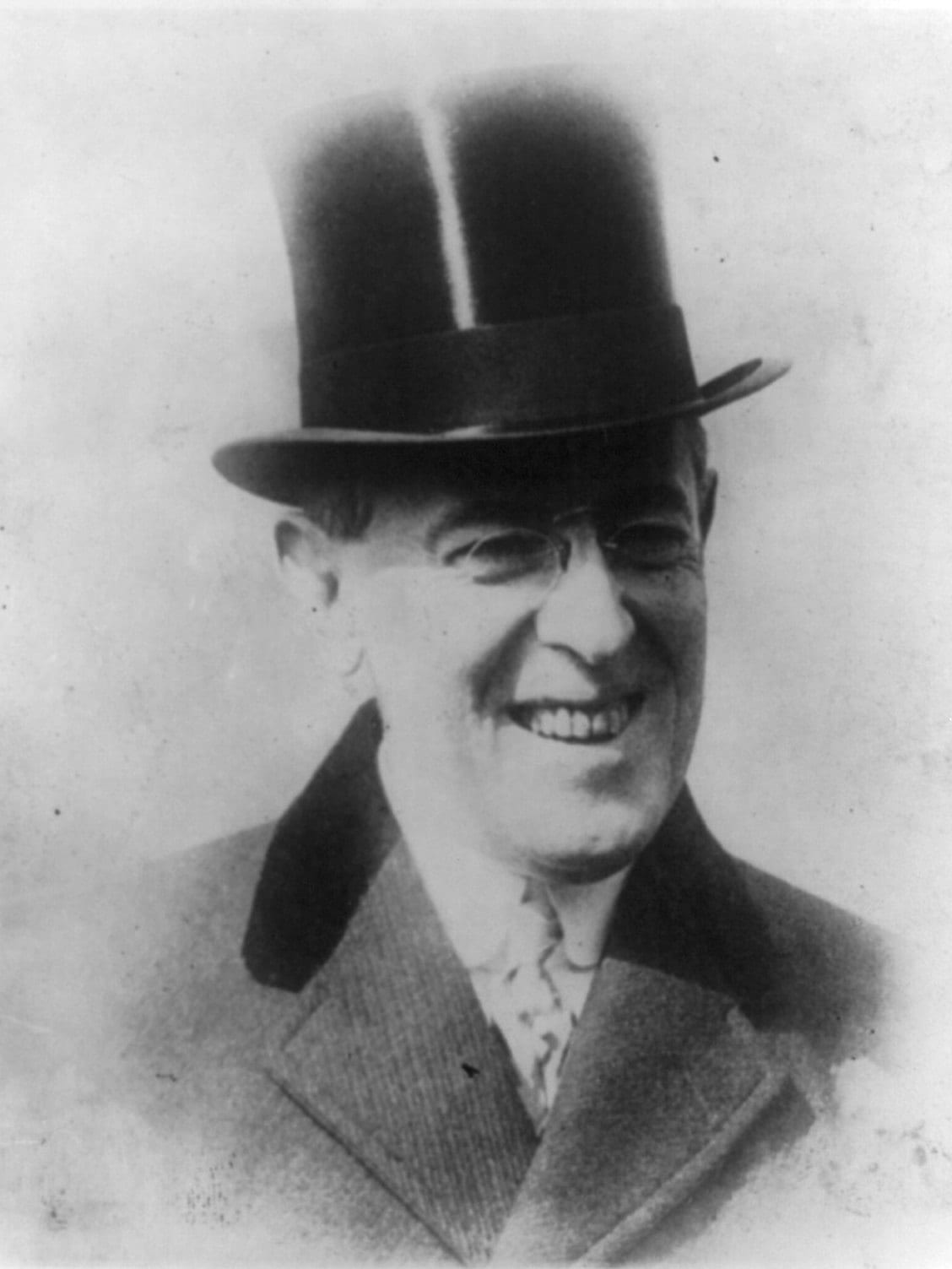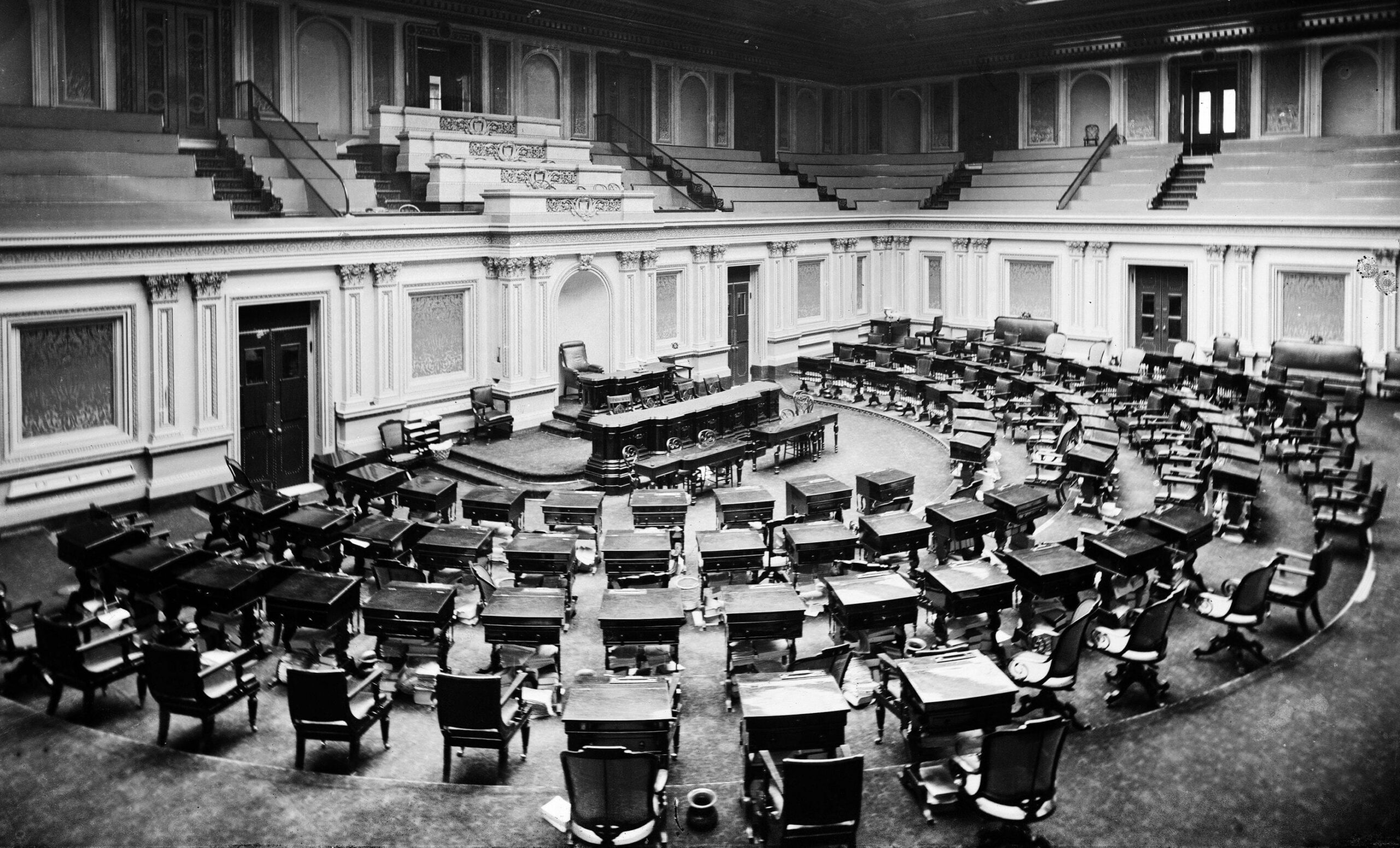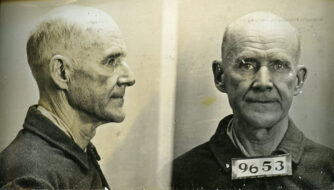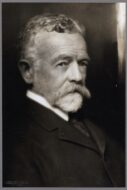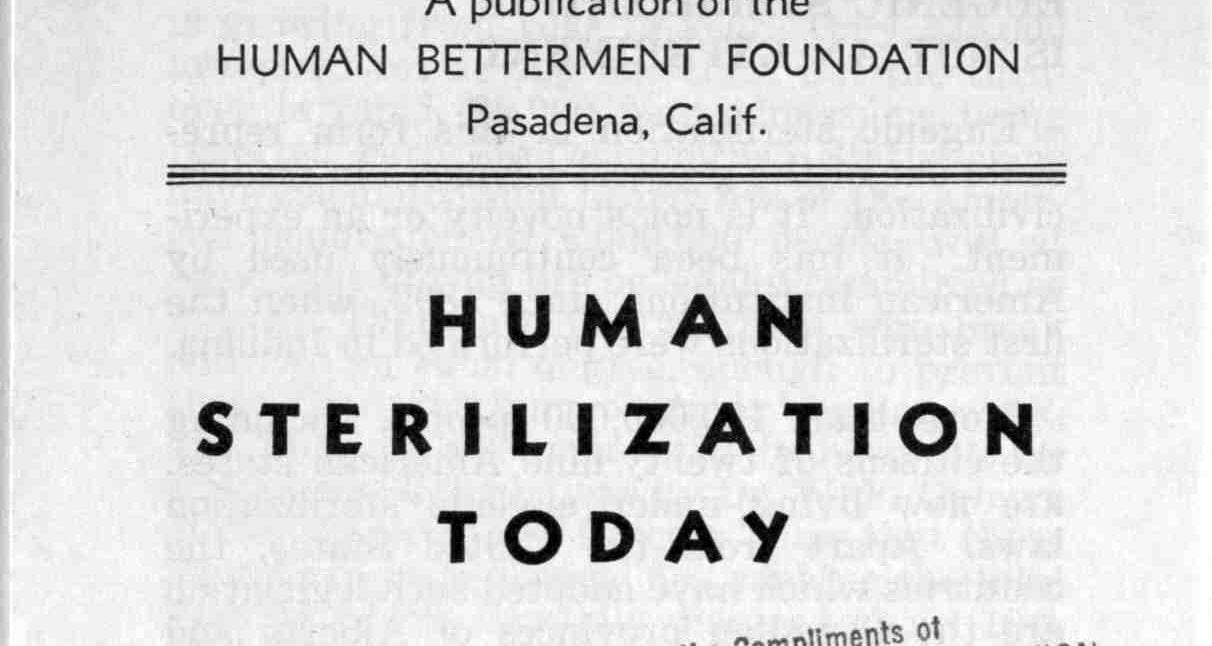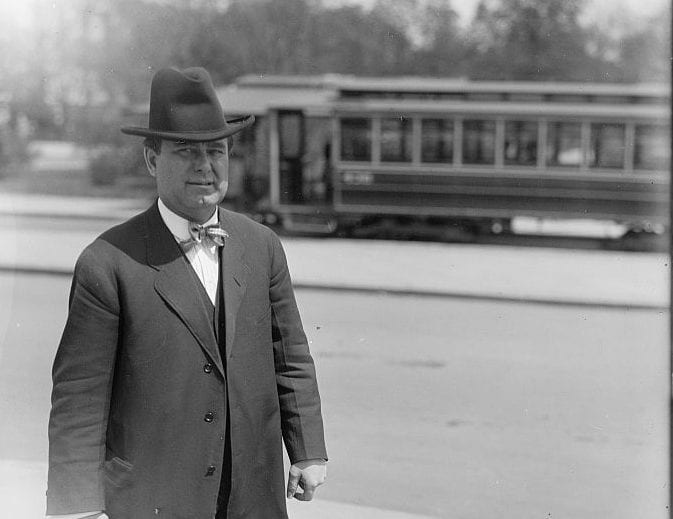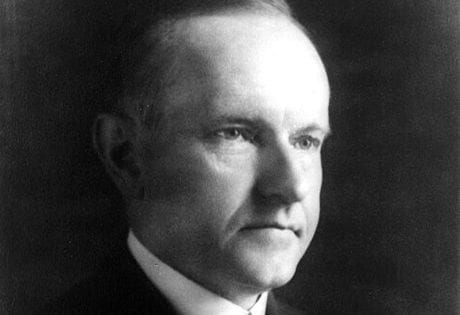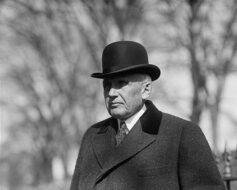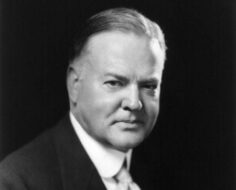For about 30 years, from around 1900 to the late 1920s, America had an active and popular eugenics movement. Supporters of eugenics argued the public good required removing from the population genes thought to cause low intelligence, or immoral, criminal or anti-social behavior. Beginning with Connecticut in 1896, states passed laws requiring medical exams before issuing marriage licenses to make sure the unfit did not reproduce. (See the New York Times article “Pastors for Eugenics” for an effort to support such laws.) Indiana passed the first compulsory sterilization law in 1907, although other states had tried and failed before. Prominent Americans – among them Theodore Roosevelt, Stanford University President David Starr Jordan, W. E. B. Du Bois, and Margaret Sanger – supported the eugenics movement, as did such organizations as the National Federation of Women’s Clubs, the National Conference of Charities and Corrections, and various religious organizations. State Fairs included Better Baby contests. As the list of its supporters indicates, eugenics was considered a progressive reform, related to the larger Progressive movement by its emphasis on the good of society and the use of science and rationality to achieve it.
Eugenics always had its critics. A referendum authorizing sterilization failed in Oregon in 1913. Some governors refused to sign eugenic legislation. Nebraska’s governor vetoed a eugenics bill in 1913, writing that the legislation was “only an experiment and it seems more in keeping with the pagan age than with the teachings of Christianity. Man is more than an animal.” Not every state legislature passed such legislation. Federal and state courts regularly found forced sterilization laws unconstitutional because they were cruel and unusual punishments or because the application of the laws denied equal treatment. In addition to more conservative Protestants, Catholics and their clergy largely opposed eugenics.
Despite the opposition it faced, eugenic sterilization remained alive in part because of the Supreme Court decision Buck v. Bell, which found constitutional the sterilization of Carrie Buck by the State of Virginia. From the beginning, Buck’s sterilization was intended to be a test case. Supporters of eugenics and sterilization hoped the case would reach the Supreme Court and that the Court would find sterilization constitutional. This would at once supersede all the rulings of state courts against sterilization. Buck’s guardian, appointed by those intending to sterilize her, took her case to Virginia state courts and eventually the Supreme Court. (The lower Virginia court found no grounds to block the sterilization.) The Supreme Court decided that nothing in the U.S. Constitution prevented Virginia from sterilizing Buck. Eight of nine justices joined in the decision, written by Justice Oliver Wendell Holmes, perhaps the preeminent jurist of the time. Holmes’ decision contained the now infamous remark, “Three generations of imbeciles are enough.” The only dissent in the case came from Associate Justice Pierce Butler, a Catholic.
Sterilization continued as a legal regime even after eugenics ceased to be a popular movement. Thirty-one states eventually had sterilization programs, often adopting the language of the Virginia legislation that the Supreme Court approved, which had been drafted by a lawyer to increase its chances of meeting legal scrutiny. Sterilizations increased and did not cease until the 1960s. (The sterilization program in North Carolina lasted until 1977.) California, a leading Progressive state, sterilized about 20,000 people, a third or so of the almost 70,000 individuals sterilized in the United States.
Toward the end of his discussion of eugenics, G. Stanley Hall wrote of “the kingdom of some kind of superman” to which eugenics might lead. This remark foreshadowed the darkness of the Holocaust and reminds us that Hitler cited America’s eugenics movement and laws as a precedent.














